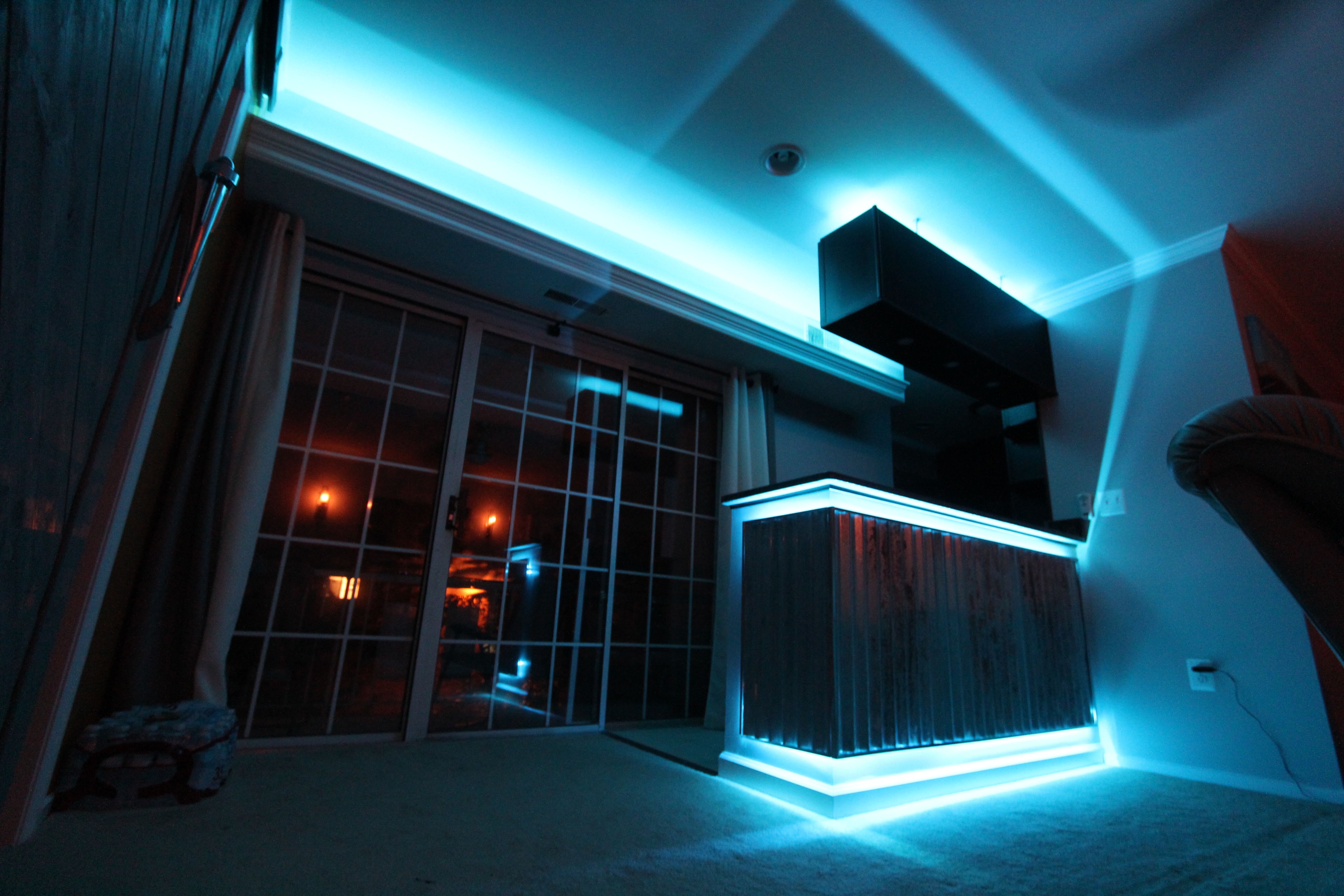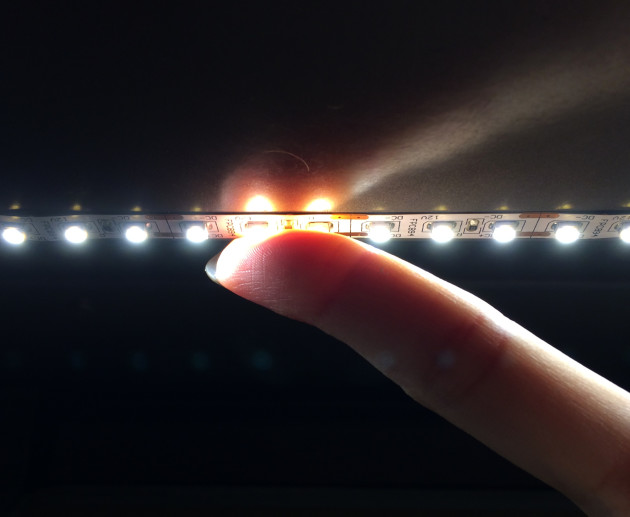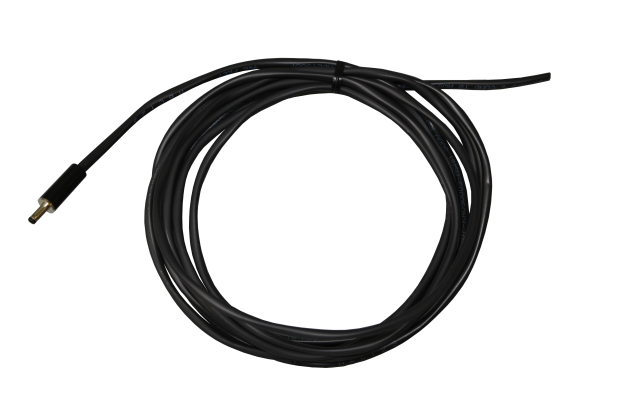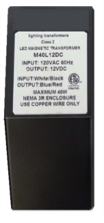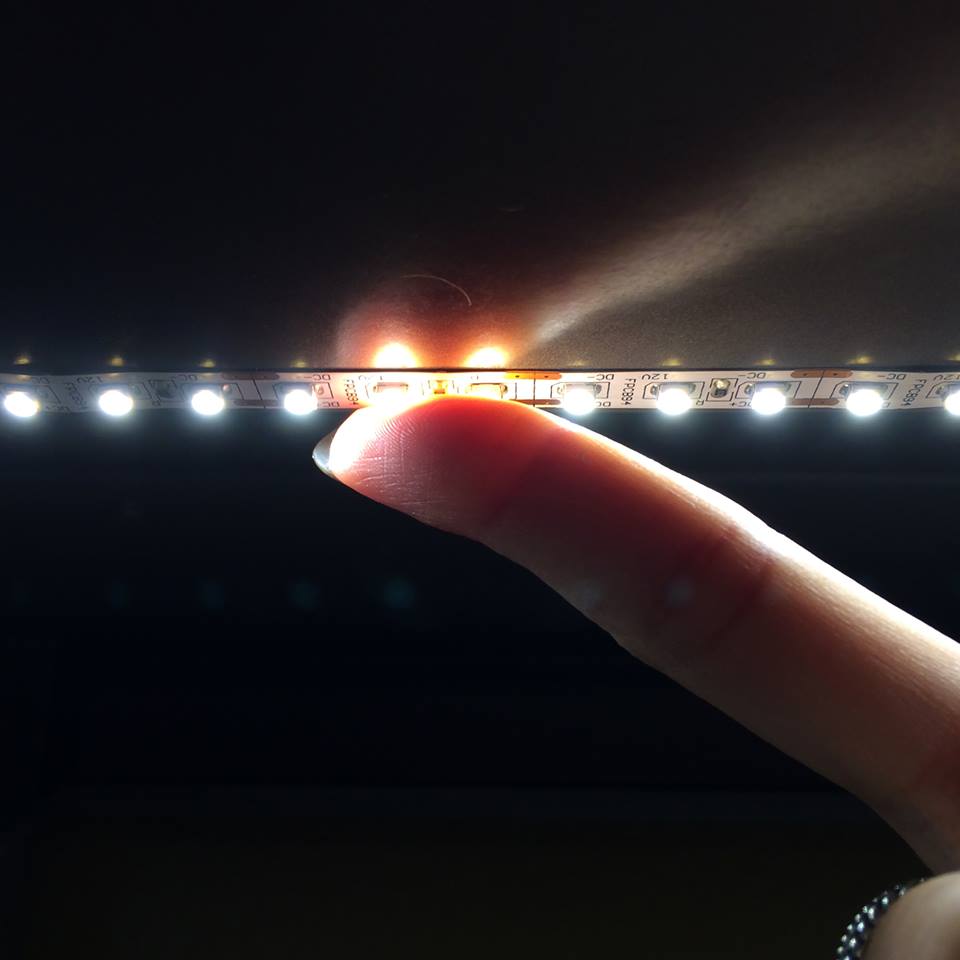Adding colored lights to your home using RGB Color Changing LEDs is a fun creative way to enhance any space. RGB stands for Red, Green and Blue, the primary colors. Each diode on the strip has one of each color allowing for various colors to be created when each colored diode is dimmed or brightened in conjunction with the others. RGB Flexible Strips are great for bar lighting as well as an accent light in your kitchen or living room, making you the ultimate entertainer! Color Changing LEDs are very different from our other LED Flexible strip products, and often…
RGB Color Changing LEDs | How to Achieve the Perfect System
